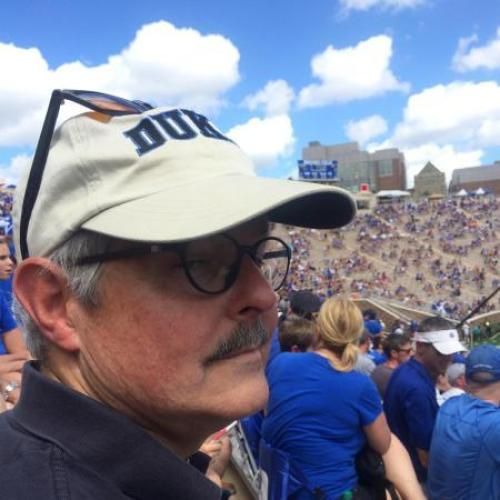In situ studies of the primary immune response to (4-hydroxy-3-nitrophenyl)acetyl. V. Affinity maturation develops in two stages of clonal selection.
To examine the role of germinal centers (GCs) in the generation and selection of high affinity antibody-forming cells (AFCs), we have analyzed the average affinity of (4-hydroxy-3-nitrophenyl)acetyl (NP)-specific AFCs and serum antibodies both during and after the GC phase of the immune response. In addition, the genetics of NP-binding AFCs were followed to monitor the generation and selection of high affinity AFCs at the clonal level. NP-binding AFCs gradually accumulate in bone marrow (BM) after immunization and BM becomes the predominant locale of specific AFCs in the late primary response. Although the average affinity of NP-specific BM AFCs rapidly increased while GCs were present (GC phase), the affinity of both BM AFCs and serum antibodies continued to increase even after GCs waned (post-GC phase). Affinity maturation in the post-GC phase was also reflected in a shift in the distribution of somatic mutations as well as in the CDR3 sequences of BM AFC antibody heavy chain genes. Disruption of GCs by injection of antibody specific for CD154 (CD40 ligand) decreased the average affinity of subsequent BM AFCs, suggesting that GCs generate the precursors of high affinity BM AFCs; inhibition of CD154-dependent cellular interactions after the GC reaction was complete had no effect on high affinity BM AFCs. Interestingly, limited affinity maturation in the BM AFC compartment still occurs during the late primary response even after treatment with anti-CD154 antibody. Thus, GCs are necessary for the generation of high affinity AFC precursors but are not the only sites for the affinity-driven clonal selection responsible for the maturation of humoral immune responses.
Duke Scholars
Published In
DOI
ISSN
Publication Date
Volume
Issue
Start / End Page
Location
Related Subject Headings
- Phenylacetates
- Nitrophenols
- Mice, Inbred C57BL
- Mice
- Immunology
- Immunization
- Germinal Center
- Bone Marrow Cells
- Antibody-Producing Cells
- Antibody Affinity
Citation
Published In
DOI
ISSN
Publication Date
Volume
Issue
Start / End Page
Location
Related Subject Headings
- Phenylacetates
- Nitrophenols
- Mice, Inbred C57BL
- Mice
- Immunology
- Immunization
- Germinal Center
- Bone Marrow Cells
- Antibody-Producing Cells
- Antibody Affinity

